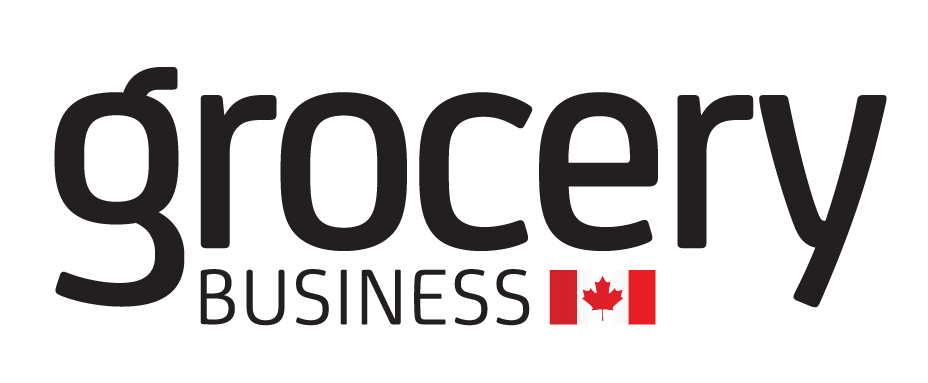
By Mike Ljubicic
The state of consumers in 2023 is unsettled.
Consumers may be bracing for the worst, but beyond financial solvency, they are prioritizing a holistic view of success — balancing financial, physical, and mental health equally. A mix of financial and health-focused priorities sets the spending tone for 2023. A total of 32 per cent of Canadian consumers prioritize financial health and job security, and this is on par with mental and physical wellness (38%) as leading areas of greater importance to our lives. But we can’t forget that within this “trifecta” of priorities, our financial wellness often feeds our ability to service and nurture mental and physical health.
More than two in five Canadian consumers (42%) feel they are in a worse financial position as they start 2023 versus 26% just six months ago in mid-2022. And of those consumers, 44% say increased living costs are to blame for their recent financial struggles. The cost of groceries, utilities and fuel for transportation are among the top five concerns. If this number worsens over time, expect erosion in the “Cautious” middle of NIQ’s Economic Divide segmentation. In short, many unsettled consumers are on the brink of either economic turmoil or triumph. With much of Canada bracing for a recession, it has become a real mindset driving consumer outlooks in 2023.
Up to 63% of surveyed Canadian consumers feel like they’re living in a recession, with 56% expecting this economic downturn to last for 12 months or more. This will have dramatic implications on how wallet spending is allocated.
Brands need to adapt to the relative cautiousness that informs their local consumers’ judgments, as 36% of Canadians state they have only enough to spend on food, shelter, and basics — a +3% increase since mid-2022.
Although consumers feel financially pressured compared to a year ago, resilience is evident.
Consumers plan to spend more on these top categories in 2023:
- Fresh produce +34%
- Fresh meat +29%
- Frozen foods +26%
- Dairy +30%
- Snacks and confectionery +12%
At the same time, consumers plan to spend less on most discretionary spending categories. Out-of-home dining (55%), out-of-home entertainment (49%), clothing (48%) and food delivery & takeaways (46%) are leading the list of where consumers plan to trim their wallet allocation.
We may have had our fill of the dreaded adjective “unprecedented.” From pandemic health crises to record-setting inflation, rising interest rates, falling global wage growth, extreme weather events, and geopolitical conflict — we hope for some stability in the years ahead. However, 2023 is likely to see some bumps in the road as consumers adjust to inflation.
Mike Ljubicic is managing director for Canada, NielsenIQ | nielseniq.com

